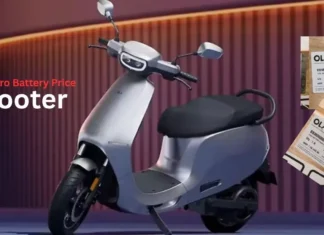
Fast charging systems for electric vehicles are increasingly important to facilitate the transition to zero-emission mobility.
Until a few years ago, fast charging dominated power for passenger cars was 50 kW, while newer systems allow charging at speeds of at least 175 kW or even 350 kW.
In commercial and logistic fleets, fast charging rates are even higher (up to 1 MW), such as for buses and heavy trucks.
Such systems allow for much smoother Long distance travel by electric vehicle (EV) with shorter charging times and more efficient use of stations from a commercial point of view.
System Overview
Fast Charging system for an electric vehicle, which can be recharged via either an AC charging station or a DC fast charging station.
The primary path of energy transfer goes from the battery cell pack through the battery junction box and inverter to the propulsion motor and is part of the vehicle’s transmission.
Other electrical circuits lead to the electric climate compressor, the vehicle’s heating system and the voltage converter for supplying the low voltage (LV) dashboard network.
Although the cell is the most important part of a battery, other components become dominant in the battery pack design process.
The battery junction box (BJB), also called the power distribution box, is the centerpiece of this overview, as all the power flows through it. This box is usually placed directly next to or inside the HV battery.
Also, usually located inside or right next to the BJB, is the BMS, which is responsible for controlling and monitoring the battery system. The term battery system includes the battery pack, battery cooler, battery bay, battery management system, and battery junction box.
Fast Charging Systems
Fast charging is also known as fast charging or fast charging and aims to recharge the batteries of electric vehicles in a short period similar to that of refueling conventional vehicles.
The time required for quick charging is about 20 minutes to charge up to 80% of its capacity.
Therefore, the total travel distance of electric vehicles can be significantly extended, provided that there are a sufficient number of fast charging stations along the route. The key to fast charging stations is the external fast charging module, which can produce 35 kW or more.
The corresponding voltage and current ratings are 45 to 450 V and 20 to 200 A, respectively. Since both the rated power and the rated current are so high, such charging facilities must be installed at manned stations or service centers.
Other Limits on the Speed of EV Charging
There is a limit to the amount of energy an EV battery can accept during a charge known as the acceptance rate. This limits the rate at which DCFC can charge the EV battery. For example, if the electric vehicle has an acceptance rate of 50 kW and a 100 kW DCFC is connected, the electric vehicle will only charge at 50 kW.



